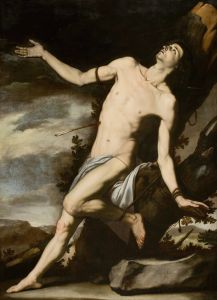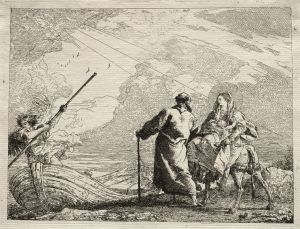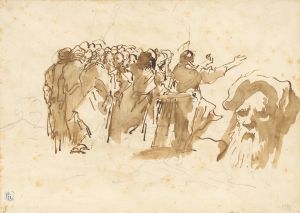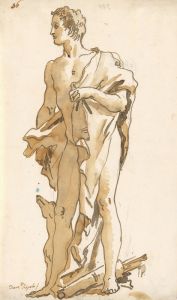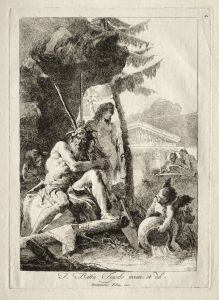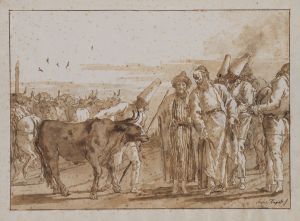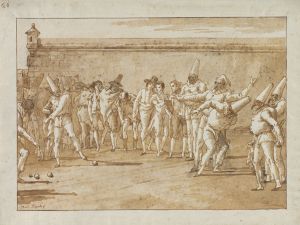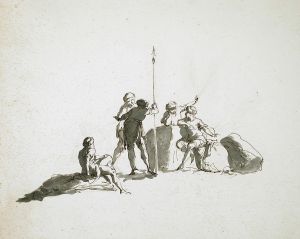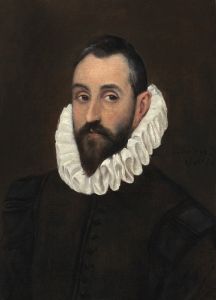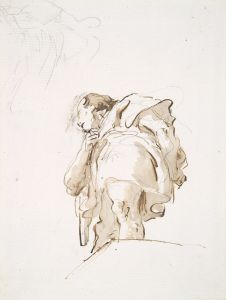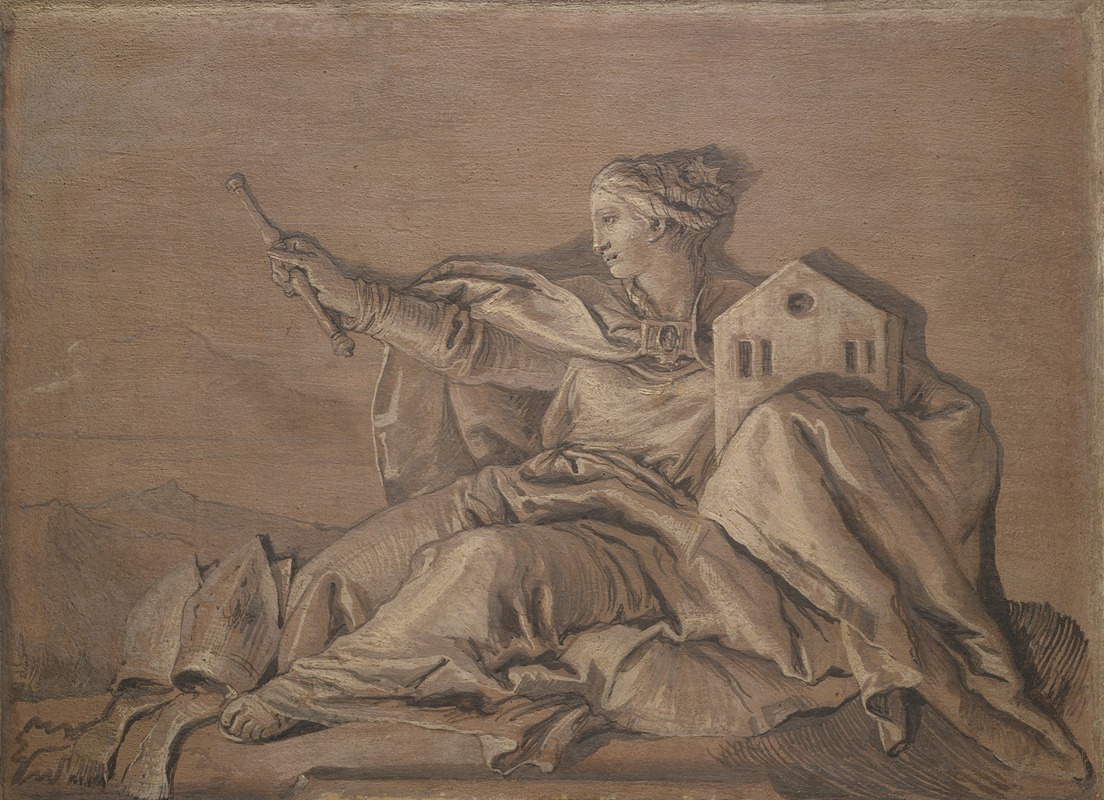
Allegorical Figure Representing Europe
A hand-painted replica of Giovanni Domenico Tiepolo’s masterpiece Allegorical Figure Representing Europe, meticulously crafted by professional artists to capture the true essence of the original. Each piece is created with museum-quality canvas and rare mineral pigments, carefully painted by experienced artists with delicate brushstrokes and rich, layered colors to perfectly recreate the texture of the original artwork. Unlike machine-printed reproductions, this hand-painted version brings the painting to life, infused with the artist’s emotions and skill in every stroke. Whether for personal collection or home decoration, it instantly elevates the artistic atmosphere of any space.
Giovanni Domenico Tiepolo, an Italian painter and printmaker, was a prominent figure in the 18th century, known for his contributions to the Rococo movement. One of his notable works is the "Allegorical Figure Representing Europe," which is part of a series of paintings that depict the continents as allegorical figures. This series was created during a period when allegorical representations were a popular artistic device used to personify abstract concepts and geographical entities.
The "Allegorical Figure Representing Europe" is characterized by Tiepolo's distinctive style, which combines dynamic composition, vibrant colors, and a keen attention to detail. In this painting, Europe is personified as a regal and elegant female figure, embodying the cultural and intellectual heritage of the continent. She is often depicted with attributes that symbolize European power and influence, such as a crown or scepter, and is surrounded by elements that reflect the continent's rich history and achievements in various fields such as art, science, and exploration.
Tiepolo's work is notable for its theatricality and the use of light and shadow to create a sense of depth and movement. His allegorical figures are not static representations but are imbued with a sense of life and vitality, capturing the viewer's attention and inviting them to explore the deeper meanings behind the imagery. The "Allegorical Figure Representing Europe" is no exception, as it showcases Tiepolo's ability to blend symbolism with artistic flair.
The painting is part of a larger tradition of allegorical art that was prevalent during the Baroque and Rococo periods. Artists of this time often used allegory to convey complex ideas and messages, drawing on classical mythology and iconography to create works that were both visually appealing and intellectually engaging. Tiepolo, following in the footsteps of his father, Giovanni Battista Tiepolo, mastered this genre, producing works that were celebrated for their beauty and sophistication.
Giovanni Domenico Tiepolo's series on the continents, including the "Allegorical Figure Representing Europe," reflects the 18th-century European fascination with exploration and the broader world. During this era, Europe was experiencing significant changes, with advancements in science, philosophy, and the arts. These developments were often celebrated in art, with allegorical figures serving as a means to express the continent's perceived dominance and enlightenment.
While specific details about the commission or the exact context of the "Allegorical Figure Representing Europe" are not extensively documented, it is clear that Tiepolo's work was well-received and contributed to his reputation as a leading artist of his time. His ability to capture the essence of Europe through allegory and his skillful execution of the painting's composition and detail are testaments to his artistic prowess.
Today, Giovanni Domenico Tiepolo's works, including the "Allegorical Figure Representing Europe," are appreciated for their historical significance and artistic merit. They offer insight into the cultural and intellectual milieu of 18th-century Europe and continue to be studied and admired by art historians and enthusiasts alike.






